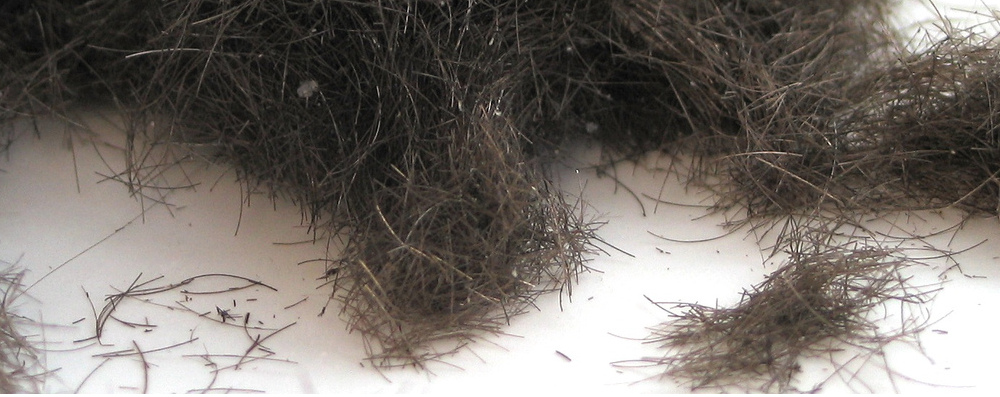
Margaret Atwood’s opinion piece may well have been a “flighty little caper on hair,” as she described it, but what happened next is no flimsy matter. The incident raises some crucial questions:
*Do the National Post’s editorial staff have the independence and authority to publish what they want, or don’t they?
*Does the National Post consider it their right to substantially alter the work of a writer and publish this altered work under that writer’s name, but without the writer’s awareness or permission?
*Does the National Post feel any responsibility to accurately inform the public about how editorial decisions are made and who is making them?
*Just how stupid is the National Post’s management, to think that vanishing, censoring, and re-posting a piece by Margaret Fucking Atwood wouldn’t blow up in their faces spectacularly?
To answer these questions, we need a full and accurate account of what happened. According to the Post’s senior vice-president, Gerry Nott (as quoted in the Star) it went like this:
“The column was taken down because the necessary fact checking had not been completed…Senior editorial leadership at Postmedia also had not concluded whether the column was aligned with the values of the National Post and its readers.”
CANADALAND has learned that this was not the case. Here’s what really happened:
The Post had Atwood’s column a full nine days before it was published, as she told The Star.
Sources within the Post confirm that the article went through their entire editorial process in that time. It was read by Comment editor Andrew Coyne, who signed-off on it.
(Coyne has not yet responded to our request for comment.)
The resulting, senior editor-approved piece was published on the National Post’s website yesterday (you can read this original version on The Walrus’ site here).
An hour later, CANADALAND has learned that Comment staff were asked to make two edits. One of these was the addition of some minor, mitigating language to a sentence, the other perhaps more interesting: a reference to Harper’s “enemy stakeholders list” was changed to “enemies list.”
These changes were sent to Margaret Atwood for her approval, which she granted (you can still read a cached copy of that version here).
But then the article vanished completely from the Post’s site and was edited again, under guidance from senior Vice President Gerry Nott.
Margaret Atwood was not consulted, and did not agree to these changes.
Journalist Jonathan Goldsbie has made a complete list of these changes. The censored sections are significant, and accuse Stephen Harper of hiding “the two-million-dollar-donors to his party leadership race,” and make reference to Harper having given “four mutually exclusive answers” about the Duffy cover-up.
It’s been argued that these were factual errors that needed correction (it has also been argued that they were not). But The Post (like any reputable paper) has always dealt with factual errors in published pieces by publicly correcting them and including notes about what has been corrected, not by vanishing the errors and presenting the altered piece without any indication of an earlier version.
CANADALAND contacted the National Post’s Editor in Chief, Anne Marie Owens for comment. She says:
“The decision was made to pull the column to sort out various fact checking and fit issues. Once that was sorted, we reposted the column and published it in the paper.
These kinds of internal debates occur in newsrooms all the time–they just don’t usually involve a world famous author.”
Owens suggests, but does not explicitly state, that this was an internal newsroom debate.
It wasn’t. CANADALAND has confirmed that the 2nd round of edits were ordered by management, a fact presented to Owens which she did not dispute.
We have asked National Post senior VP Gerry Nott for comment and will update this post with his response if it arrives.